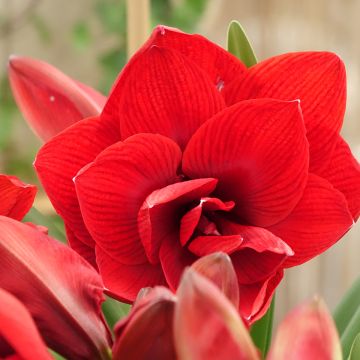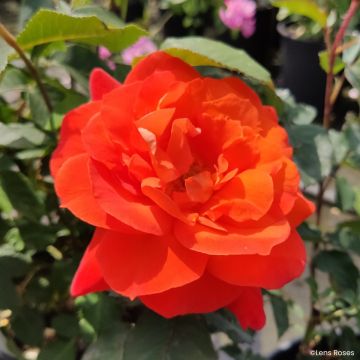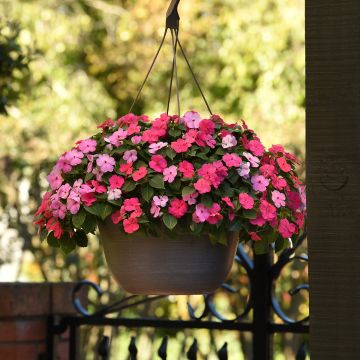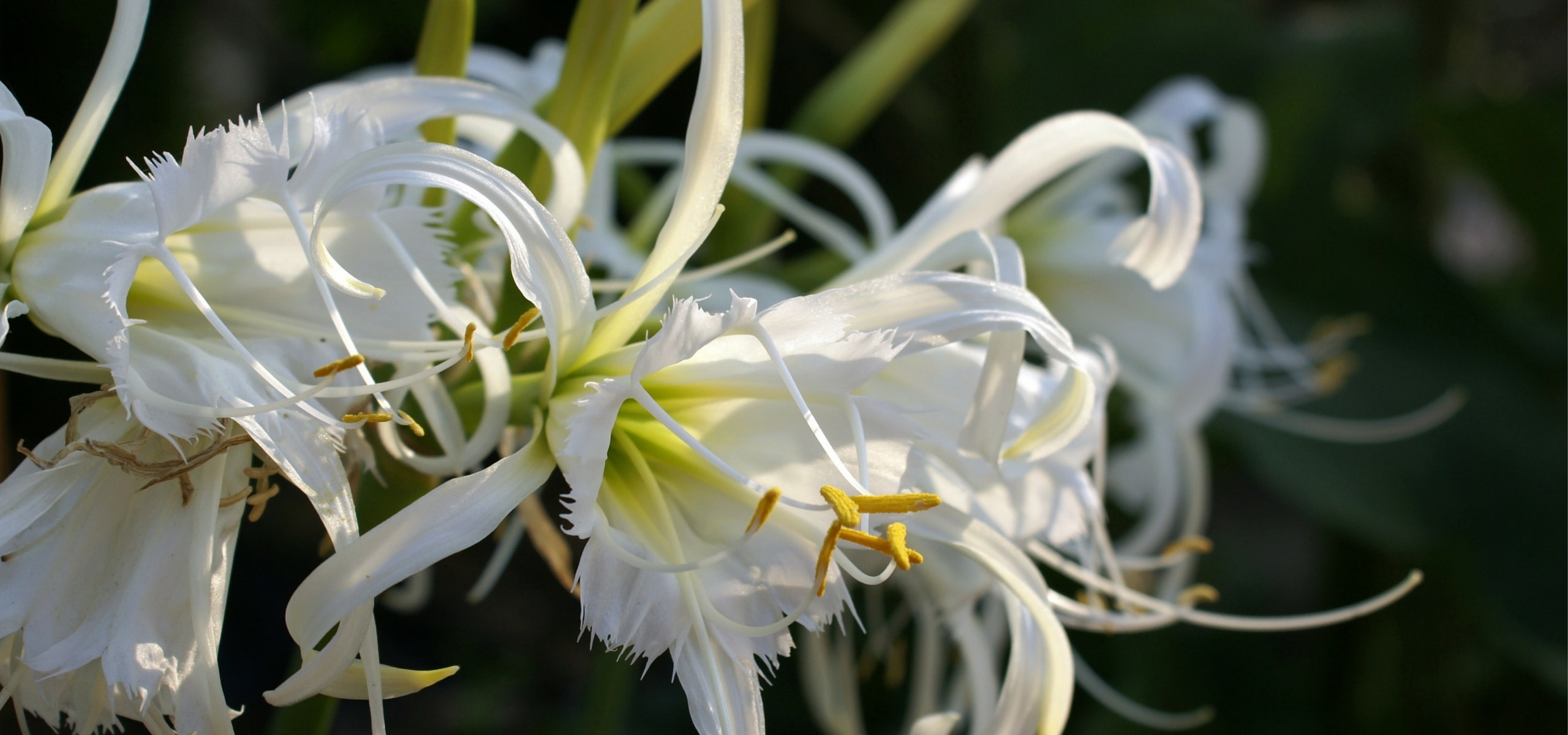
Planting Ismene bulbs
Where, when and how ?
Contents
The Ismene (Ismene x festalis) or Hymenocallis, also known as Spider Lily, is a perennial bulbous plant native to South America. Its flowers, delicate and fragrant, appear in summer and are characterised by long, slender petals that give it a spider-like appearance. In addition to its beauty, it emits a pleasant fragrance, ideal for scenting the garden or terrace. Let’s discover where, when, and how to plant these little wonders!
→ To learn all about this fabulous bulb, read Spider Lily: Planting, cultivation, and care.
Ismène or Hymenocallis?
Hymenocallis is the name of the botanical genus that includes several species of bulbous plants native mainly to South America, Central America, and the Caribbean. These plants are often referred to as “spider lilies” due to the shape of their flowers, which have long thread-like petals resembling spider legs.
The name Ismene refers to a specific hybrid resulting from the cross-breeding of different species of Hymenocallis, namely Ismene x festalis. In other words, an ismene is a Hymenocallis, but not all Hymenocallis are ismenes.
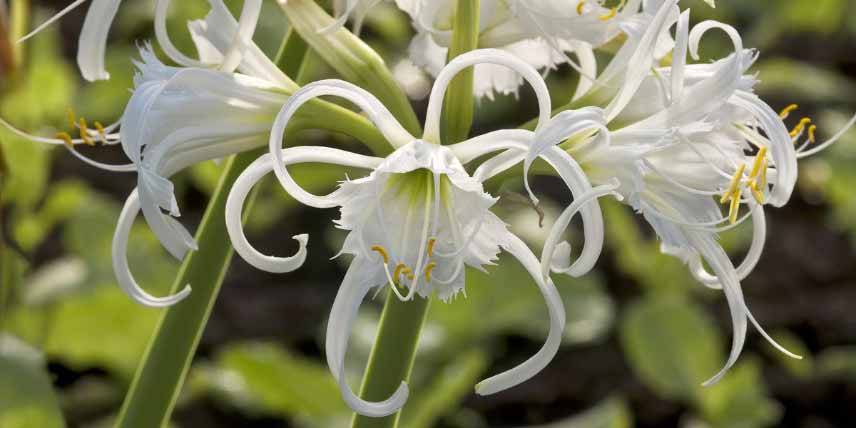
The flowering of Ismene x festalis
When to plant ismenas or spider lilies?
Ismene, or spider lily, is generally planted in spring, when all risk of frost has passed. The ideal period is between April and May, once the soil has warmed up sufficiently. This allows them to establish properly before the summer flowering, which usually occurs in June or July.
Discover other Exceptional flowering bulbs
View all →Available in 0 sizes
Available in 1 sizes
Available in 1 sizes
Available in 1 sizes
Available in 1 sizes
Available in 1 sizes
Available in 1 sizes
Available in 1 sizes
Available in 2 sizes
Available in 1 sizes
Where to plant the spider lily?
Ismene, or spider lily, should be planted in a sunny to partially shaded location so that they can benefit from the light while being protected from the hottest hours of the day.
They appreciate well-drained, light soil rich in organic matter, as excessive moisture could cause bulb rot. If the soil is too heavy, it is recommended to lighten it with compost.
These plants love heat and should be placed in a sheltered spot from the wind. In pots, they also thrive well, with the option of bringing them indoors in winter in colder regions.
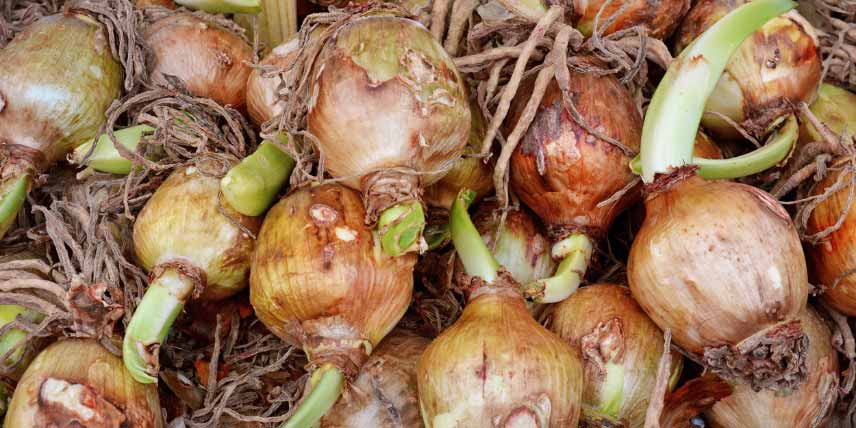 Ismene bulbs</caption]
Ismene bulbs</caption]
How to plant the spider lily?
In open ground (especially for the south of the Loire and the Atlantic coast)
- Loosen the soil and add compost to enrich the soil. Ensure it is well-drained, as bulbs do not like stagnant moisture.
- Plant the bulbs at a depth of 10 to 12 cm, placing the tip upwards. Leave a space of 20 to 25 cm between each bulb to allow them to develop.
- After planting, water moderately to help the bulbs establish. Then, maintain regular moisture while avoiding excess water.
- In regions with cold winters, it may be necessary to dig up the bulbs in autumn and store them in a frost-free place to replant in the following spring.
Pascal’s good advice: in open ground, a mulch can be useful to protect the bulbs from the cold if you do not wish to dig them up before winter. This mulch also helps retain moisture during the warmer months.
In pots
- Choose the pot: use a pot of at least 30 cm in diameter with drainage holes to prevent water from stagnating.
- Prepare the substrate: fill the pot with a light potting mix, enriched with compost.
- Plant the bulbs: place the bulbs at a depth of 10 to 12 cm, tip upwards, spacing them 15 to 20 cm apart if planting multiple bulbs in the same pot.
- Exposure and location: position the pot in a sunny to partially shaded spot.
- Watering: water moderately after planting, then regularly during the growth period, allowing the surface to dry slightly between waterings. Be careful not to over-saturate the substrate.
- Wintering: in cold regions, bring the pot indoors (to a cool, dry place) before the first frosts to protect the bulbs.
Please note: in pots, the substrate depletes quickly. During the active growth period (spring and summer), a potassium-rich fertiliser (such as a flower plant fertiliser) can promote beautiful flowering. Apply the fertiliser approximately every two weeks.
Care of the spider lily
After flowering, the leaves of spider lilies turn yellow and fade. This is normal, as the plant then enters a resting period. It is important to reduce watering at this time and not to cut the leaves until they are completely dry, as they still nourish the bulb.
If you want to multiply spider lilies, consider dividing the bulbs every 3 to 4 years. This helps to maintain vigorous plants and produce new young plants.
- Subscribe!
- Contents
































